Sushila Karki: Nepal’s First Woman Prime Minister
On September 12, 2025, Sushila Karki was sworn in as Nepal’s interim Prime Minister making history as the first woman to hold that office in the country. AP News+4www.ndtv.com+4India Today+4 Her appointment came at a moment of political crisis and public outrage, following mass protests, the resignation of former PM K.P. Sharma Oli, and the dissolution of parliament. The New Indian Express+2Reuters+2
Background and Early Life
- Birth and Early Education: She was born on June 7, 1952, in Shankarpur, Biratnagar, in eastern Nepal. The Tribune+2www.ndtv.com+2
- Higher Studies: Sushila Karki pursued her Master’s degree in Political Science from Banaras Hindu University (BHU), India in 1975, and later earned her Bachelor of Laws (LLB) from Tribhuvan University in 1978. www.ndtv.com+2The Tribune+2
- Legal and Judicial Career: She practiced law beginning around 1979, in Biratnagar. Over time she held various positions in the legal field. She became a Supreme Court judge in 2009 and was appointed Chief Justice of Nepal in July 2016. Khaleej Times+3www.ndtv.com+3The Times of India+3
Key Moments Leading up to the Premiership
- Reputation for Integrity: During her time as Chief Justice (2016–2017), she developed a reputation for strong rulings in corruption cases and for trying to maintain judicial independence. India Today+2The Times of India+2
- Impeachment Motion: She faced an impeachment motion filed by politicians in 2017, who alleged bias in certain rulings. That move generated political controversy but did not succeed in removing her before her retirement. The Times of India+2The Tribune+2
Her Appointment as Interim PM
- Context: Her rise to the office happened after widespread protests across Nepal (led especially by youth, often referred to as “Gen Z”) over corruption, nepotism, and a controversial social media ban. The protests resulted in at least 51 deaths and many injuries. AP News+3AP News+3The Washington Post+3
- Resignation and Dissolution: Following the unrest, former PM K.P. Sharma Oli resigned. The President, Ram Chandra Paudel, dissolved the House of Representatives and called for general elections in the near future. Reuters+2The New Indian Express+2
- Constitutional Basis: Her appointment was made under Article 61 of the Constitution of Nepal. This is notable because typically PMs are appointed under Article 76; using Article 61 reflects exceptional circumstances. OnlineKhabar News+2The New Indian Express+2
Her Role & Mandate
- Interim Leadership: Karki is leading a caretaker government. One of her primary responsibilities is overseeing free, fair parliamentary elections. Initial announcements fixed March 2026 for the elections. India Today+2Onmanorama+2
- Restoration of Order: She is also charged with calming tensions, restoring stability after the protests, ensuring accountability for violence, and possibly investigating the causes of unrest. AP News+2The Times of India+2
Challenges Ahead
Sushila Karki’s path will not be easy. Some of the major challenges include:
- Maintaining Neutrality: As an interim leader, she must walk a delicate line between political factions, protest leaders, constitutional mandates, and the expectations of the public.
- Public Trust & Expectations: After mass protests, many Nepalis expect swift reforms anti-corruption measures, more transparent governance, accountability over abuses during protests, and better opportunities, especially for youth. India Today+2The Washington Post+2
- Preparing for Elections: Ensuring that elections scheduled for March 2026 are free and fair will require safeguard strategies, institutional readiness, and likely reform to election practices.
- Legal & Constitutional Scrutiny: Some of her decisions, such as dissolving parliament, are constitutionally sensitive. Her appointment via Article 61 might be challenged or critiqued, so legal clarity and legitimacy are important. OnlineKhabar News+2Nepali Times+2
- Managing Instability: Restoring peace, addressing grief and anger from the protests, and ensuring civil liberties (including digital freedoms which had been restricted) will be necessary to prevent further unrest.
- International Relations: Nepal’s neighbors and partners are watching closely. How Nepal handles this transition affects foreign confidence, investment, and diplomatic relations. Her past ties via education (e.g. in India) and her judicial career may help. www.ndtv.com+2The Diplomat Nepal+2
Significance
- A Breakthrough for Gender Representation: Her appointment is historic — for the first time, a woman leads the government in Nepal. It’s a symbolic milestone for gender equality in Nepalese public and political life. AP News+2www.ndtv.com+2
- Youth Power: The protests led by youth were decisive in forcing political change. Her appointment reflects a shift where younger generations are demanding accountability and playing a direct role in change. The Washington Post+1
- Judicial to Political: Her transition from Chief Justice to interim Prime Minister shows increasing fluidity between institutions in times of crisis something that may affect how constitutional and political roles are perceived in the future.
Looking Forward
What to watch for in the coming months:
- The formulation of her Cabinet: Who she chooses (or is allowed to choose) will signal her political leaning or impartiality.
- The legal handling of protest-related violence: whether there will be investigations or justice for those harmed.
- Electoral reforms: whether there will be structural reforms (voting systems, accountability) to ensure free and fair polls.
- Policy responses to socioeconomic grievances: especially youth unemployment, corruption, civic freedoms, and transparency.
- How she navigates pressure from political parties, security forces, and civil society, balancing stability with democratic openness.
Conclusion
Sushila Karki’s rise to the premiership is a landmark event in Nepal’s history: it signals not only the end of a political moment defined by protest and instability, but also an opportunity. The opportunity to change patterns of governance, representation, and accountability. But opportunities are fragile. Whether her interim leadership will be transformative depends heavily on how she addresses deep-rooted challenges, the level of public involvement, and whether her government can restore trust while steering Nepal toward meaningful elections and reform.
Share this content:
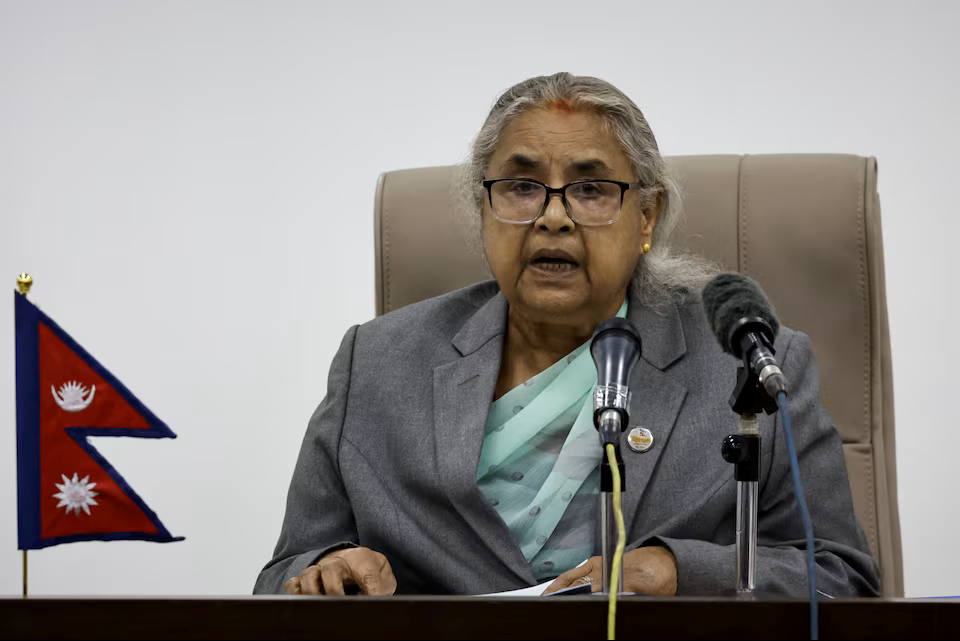

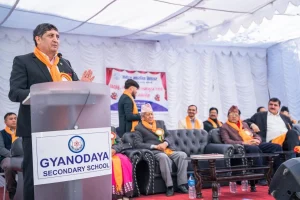


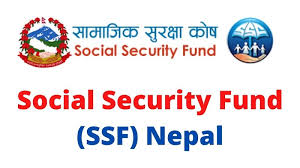
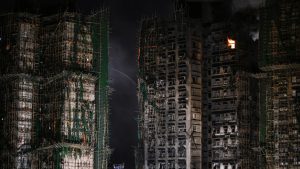

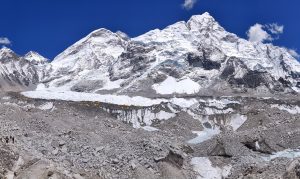


Post Comment